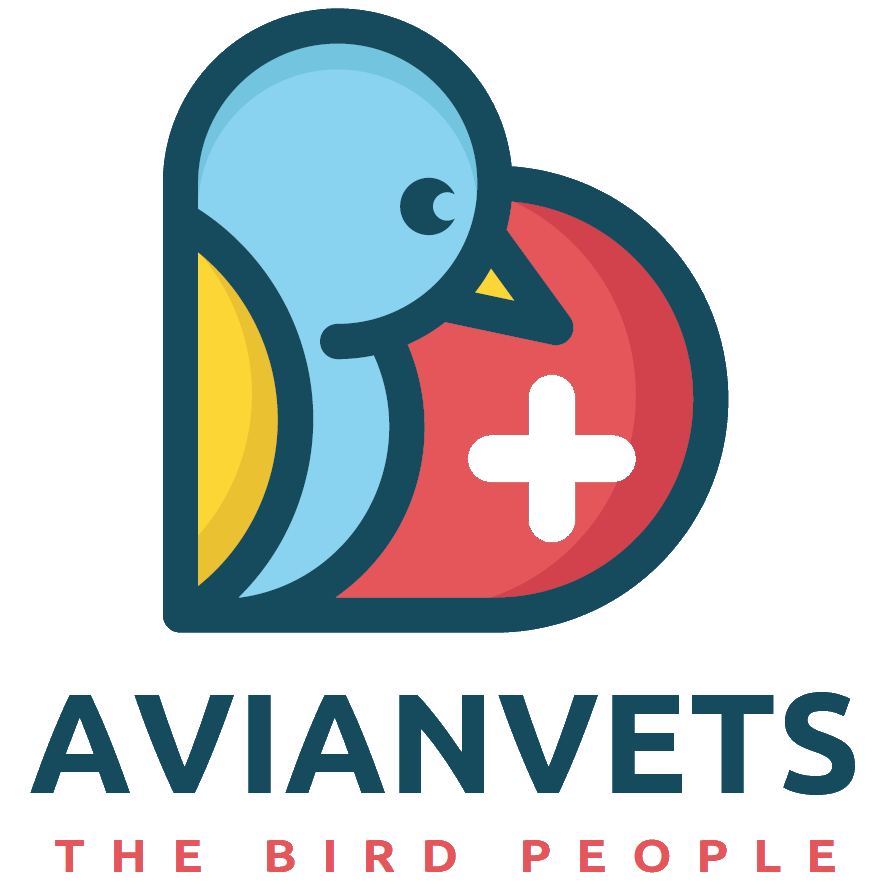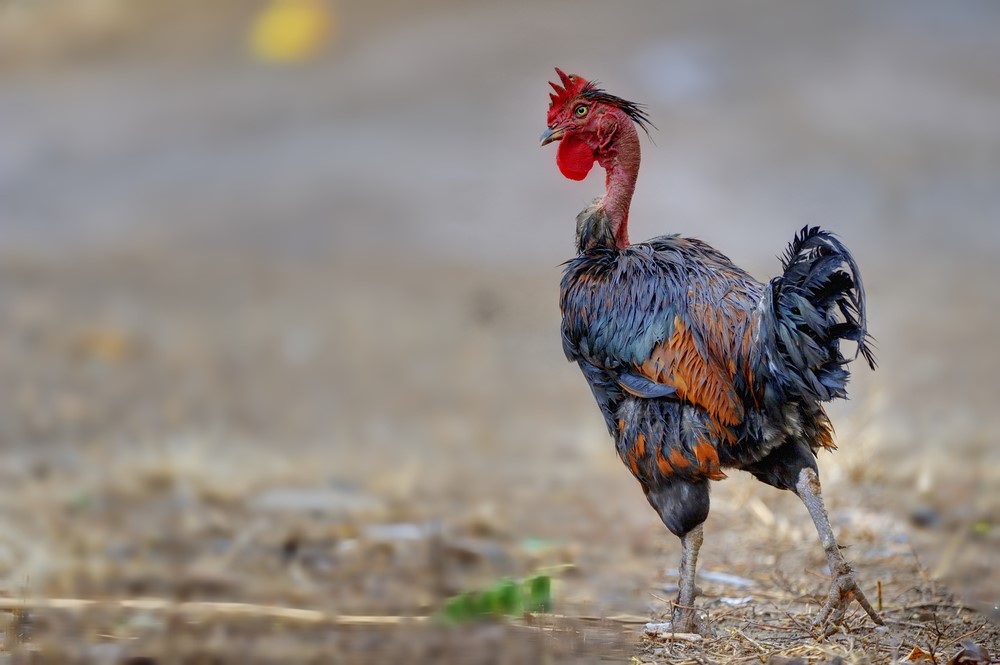
Is your bird plucking or molting? How can you tell the difference? These are some of the most frequently asked questions we get from bird-lovers everywhere.
It can be a scary sight when you notice your bird losing feathers and aren’t quite what’s causing it.
Plucking chickens also tend to look somewhat like they’re going through a molt. The act of plucking in itself may often be mistaken for preening.
This is why it’s important to know how to differentiate between the two to give you peace of mind and know what to do when you spot it.
It’s all part of the territory once you become a bird owner. Here’s everything you need to know.
Chicken Feather Picking
If you’ve never witnessed it before, we’ll be the first to tell you that feather picking among birds looks quite bizarre. Once your chicks hit the 12-13th week mark, they may start picking feathers off each other’s bodies and, wait for it – eating them.
Within a couple of days, you might even notice some of them starting to develop huge bald patches on their backs in the spots where all their feathers have been plucked away. It is a “mild” form (if there ever was) of cannibalism. There are three main causes for this kind of behavior in chickens.
1. They Have a Protein Deficiency
Chickens need to be on a diet that consists of anywhere between 15 and 17 percent protein. If they’re on layer feeds, then you have nothing to worry about.
If, on the other hand, you’ve been feeding them food scraps and left-over vegetable trimmings, then they aren’t getting the nutrition they need.
Younger chickens, in particular, need higher levels of protein in their diet. Think – 24 to 29 percent. If they don’t get it, they crave it and feed on whatever’s available. Feathers (and eggs) are rich in protein, so they’ll naturally reach for them to make up for this deficiency.
2. They’re Living in Overcrowded Conditions
As your chicken population continues to expand as they get bigger, the infrastructure housing them should be able to comfortably accommodate all of them. If they’re too crammed together, there’s a good chance they’ll start feather picking.
3. They’re Just Bored
That’s right. Chickens need a little distraction too, or else they become destructive. Flocks that are not allowed to free-range and spend all their time in their stalls with other chickens instead eventually become frustrated and, you guessed it, start picking feathers as a way to pass the time.
How to Stop Feather Picking in Chickens
As soon as you identify the root cause of their feather picking and rectify it as soon as you can, you’ll notice a change in their behavior within a day or two.
If they’re deficient in protein, you’ll need to get them well-balanced layer feeds. If they’re living in crowded conditions, you’ll need to expand the chicken coop.
If they’re just bored, you’ll need to give them something to keep them occupied while they’re in their stalls. This could be anything from a tree branch to play with to corn cobs to peck at.
What Does Feather Plucking Look Like
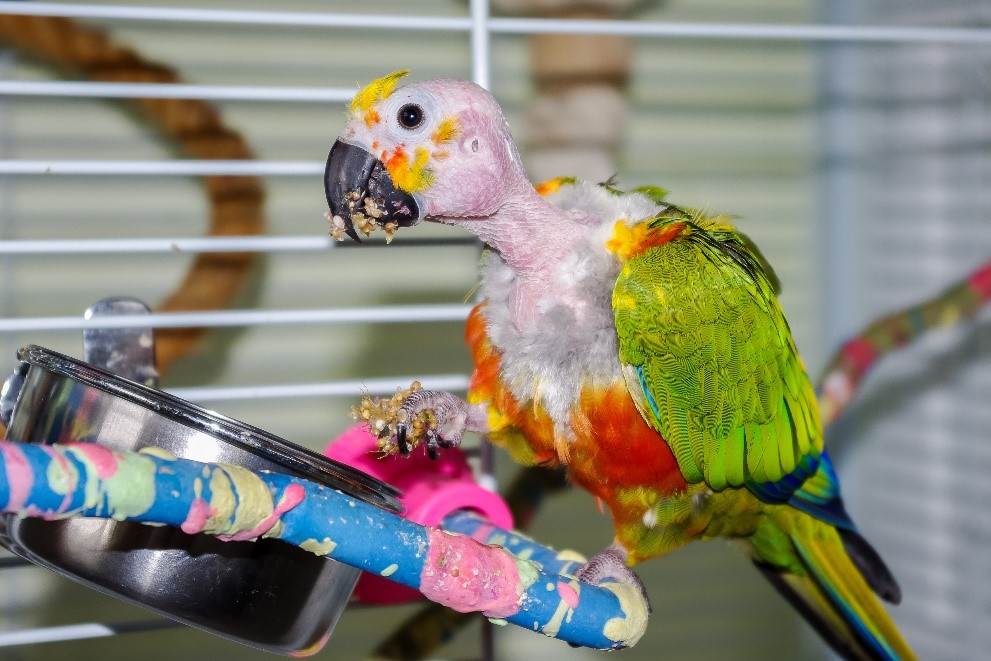
When a bird starts to pull out its feathers, it’s known as feather plucking. If you’re not keen, feather plucking can often be mistaken for preening.
When chickens and other birds pluck their feathers, it causes the release of endorphins, which are often called “feel-good” neurochemicals. It is a type of self-mutilating behavior comparable to humans who cut themselves.
Once a bird starts to pluck its feathers, they’re likely to keep at it until they have none left. It is usually much harder to stop it once this behavior has gone on for a while than it is to prevent it the moment you first notice it.
This begs the question – What does feather plucking look like, and how is it different from preening? For one thing, there should be no bald batches to the point where you start to notice bare skin.
You’ll also need to examine the plucked feathers. If they look nipped or stripped down to the shaft, with the quills split or damaged, it points to the fact that the bird pulled them out violently. That’s a tell-tale sign of feather plucking.
One of the most effective ways to put an end to this behavior is to get feather plucking spray. It gives the chicken’s feathers an off-putting taste that discourages them from plucking.
Bird Molting
Molting is a critical part of bird biology. Molting chickens shed old, worn feathers to regrow a new set of stronger and warmer ones to take them through the different seasons.
The next logical question would be – How long do chickens molt? The phenomenon is first observed when they’re about 18 months old. This goes on for roughly eight weeks, although it can go on for up to 16 in some birds.
How long the molt lasts depends on several factors such as their age, their living environment, and their nutrient intake.
Younger, more productive hens tend to go through the phase and regrow healthier feathers at a much faster rate compared to older, less productive birds.
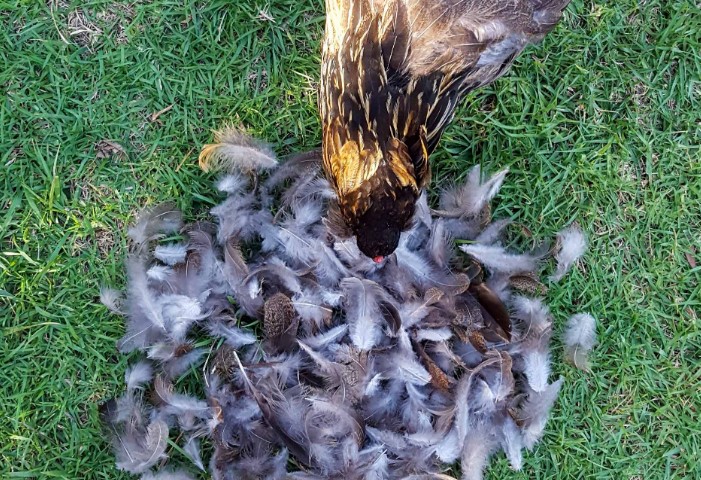
Chickens Molting or Mites – Which One Is It
You’ll also need to be able to tell the difference between a bird going through a natural molting phase versus one that’s being ravaged by mites. Molting usually begins with feather loss around the chicken’s head. You will also start to notice pin feathers in that region as well.
Keep in mind that molting does not usually affect the neck and the vent as much as it does the rest of the chicken’s body. If you start to see bald spots accompanied by redness around these regions, then you might have a case of mite infestation on your hands.
Mites love these areas since birds have a hard time reaching them. Feather loss there might point to a bigger problem that’s not molt-related.
Vigilance Is Key
Feather loss in birds is not unusual. You do, however, need to keep an eye out to correctly identify the root cause.
That way, you’ll know whether your chicken is picking, plucking, molting, or battling a mite infestation.
For more information on what could be ailing your bird, talk to a licensed veterinarian today through our online Vet Chat.
